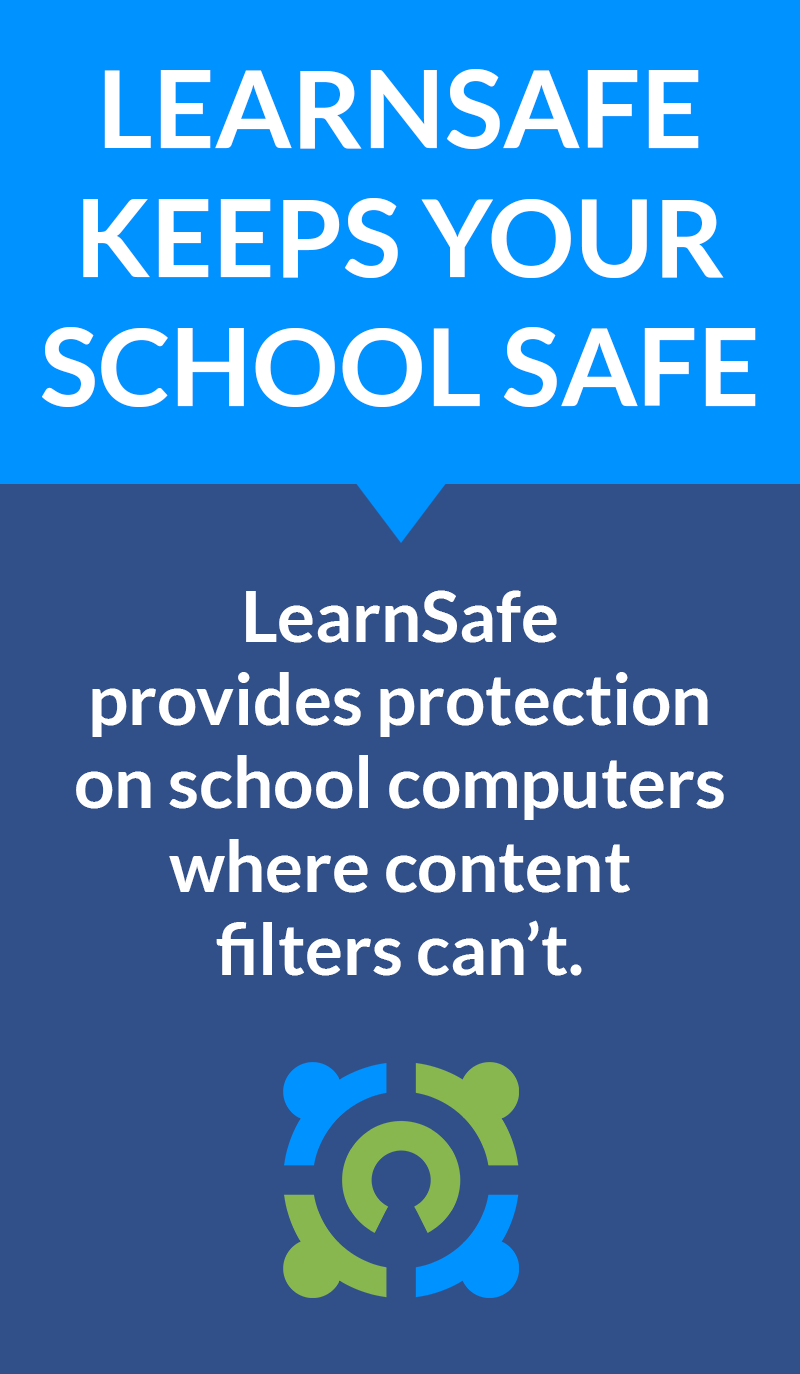Over the past few months, several federal agencies, including the FBI, have issued warnings to schools and youth-serving organizations about a handful of online groups that have been linked to grooming, coercion, and other high-risk behavior among minors. In my last post, we looked at how grooming can take root in popular games. This follow-up focuses on three groups that have been named in recent alerts: the Order of Nine Angles (O9A), the 764 Network, and a newer phenomenon known as Spawnism.
These groups differ in their origins and intentions, but they share something important: they operate largely out of sight, often in places where parents and educators don’t expect to see them. Understanding what they are, and the kinds of language and behavior that surround them, can help adults identify early warning signs before things escalate.
O9A
The Order of Nine Angles has existed in various forms for decades. Its roots are extremist and occult, but it doesn’t function like a traditional organization. There are no public membership rolls, no central leadership, and no single platform where it operates. Instead, small clusters of self-described followers circulate its writings and symbols, often through private channels.
Its online materials, however, circulate widely enough that they can intersect with youth spaces, especially where students are exploring identity, alternative subcultures, or occult imagery. Most young people who stumble into O9A materials are not seeking extremism. Much of the content appears at first as obscure occult writing. The risk comes from the way some followers frame violence, taboo-breaking, or self-harm as forms of “testing” or “empowerment.”
In monitoring environments, conversations that suddenly shift toward ritual language, “initiations,” or talk about proving oneself through extreme actions are worth paying attention to, especially when paired with secrecy or an insistence that adults “wouldn’t understand.”
764 Network
The 764 Network has been the subject of multiple FBI warnings to schools in the past year. What makes this group particularly dangerous is that it blends the tactics of grooming and sextortion with elements of violent extremism. Unlike O9A, which is primarily ideological, 764 focuses on targeting minors directly and coercing them into harmful acts, often beginning with ordinary gaming or social-media conversations.
Members of the group sometimes adopt online handles containing these numbers, or variations like 8884, 6996, or 7997. These codes by themselves are not proof of wrongdoing, but when they appear alongside sudden secrecy, off-platform invitations, or pressure to complete “tasks,” it deserves prompt attention.
Students who encounter this group may be asked to send images, perform dares, or harm themselves under the guise of belonging to a “unit” or “family.” Children pulled into this dynamic often feel trapped, convinced that the group will leak images or threaten them if they try to leave. The earlier adults can intervene, the better the outcome tends to be.
Spawnism
Spawnism is different from both O9A and 764 because it grew out of a gaming environment rather than an extremist one. It emerged from Forsaken, a Roblox role-playing experience that includes a fictional cult in its storyline known as The Spawn. That in-game storyline has been co-opted by online actors who use the name, imagery, and “lore” to recruit or pressure children, particularly those who already feel isolated or vulnerable.
The symbol most associated with the group is the “spawn point” icon: a glowing ring, similar to a sun pattern, used in Forsaken to mark where a character reappears after dying. Reports describe children being encouraged to carve or draw the symbol on their skin, or to perform small rituals “to prove they can respawn.”
For parents or school staff, this can look like sudden interest in symbols, private servers tied to the game, or conversations that shift from Roblox role-play into talk of “second lives,” “the cult,” or “earning marks.” While many kids play Forsaken safely, Spawnism is an example of how game lore can be twisted into something far more dangerous.
Warning Signs and Language
Across all three groups, grooming rarely begins with anything shocking. More often it starts with small changes: a student suddenly protecting their screen when adults walk by, using unusual codes in usernames, or becoming anxious about being offline. Switching frequently between lesser-known messaging apps is another subtle indicator.
One of the clearest warning signs is migration – moving from a well-moderated platform to a private one. A child might be encouraged to leave Roblox for a private Discord server, or from Discord to Telegram. Another sign is the introduction of unusual vocabulary. Vocabulary from O9A, numeric codes associated with 764, or symbols from Spawnism often appear gradually at first. Kids may not know what the terms mean, only that someone older presented them as exciting or exclusive.
When these shifts are paired with secrecy, worry about someone “posting everything,” or vague mentions of “tasks” or “proof,” it’s time for adults to take a closer look.
Responding When Something Seems Wrong
If a child seems involved with any of these groups, the first priority should be keeping communication open. Avoid confrontation or shame; nearly all grooming relies on fear and secrecy. Bringing the child into a calm conversation often does more good than immediately taking the device away.
It helps to preserve evidence when possible. Screenshots or chat logs can be valuable in understanding what a child is experiencing. Adults can then review device activity, check for new messaging apps, and look for invitations or usernames linked to high-risk groups.
If the content includes self-harm instructions or sexual exploitation, law-enforcement involvement should happen quickly and gently. In many recent cases, early reporting has helped stop exploitation and protect other children.
The digital world continues to change, and so do the risks that come with it. Staying familiar with the language, symbols, and recruitment patterns of groups like O9A, 764, and Spawnism helps adults step in early and guide young people back to safer ground.


